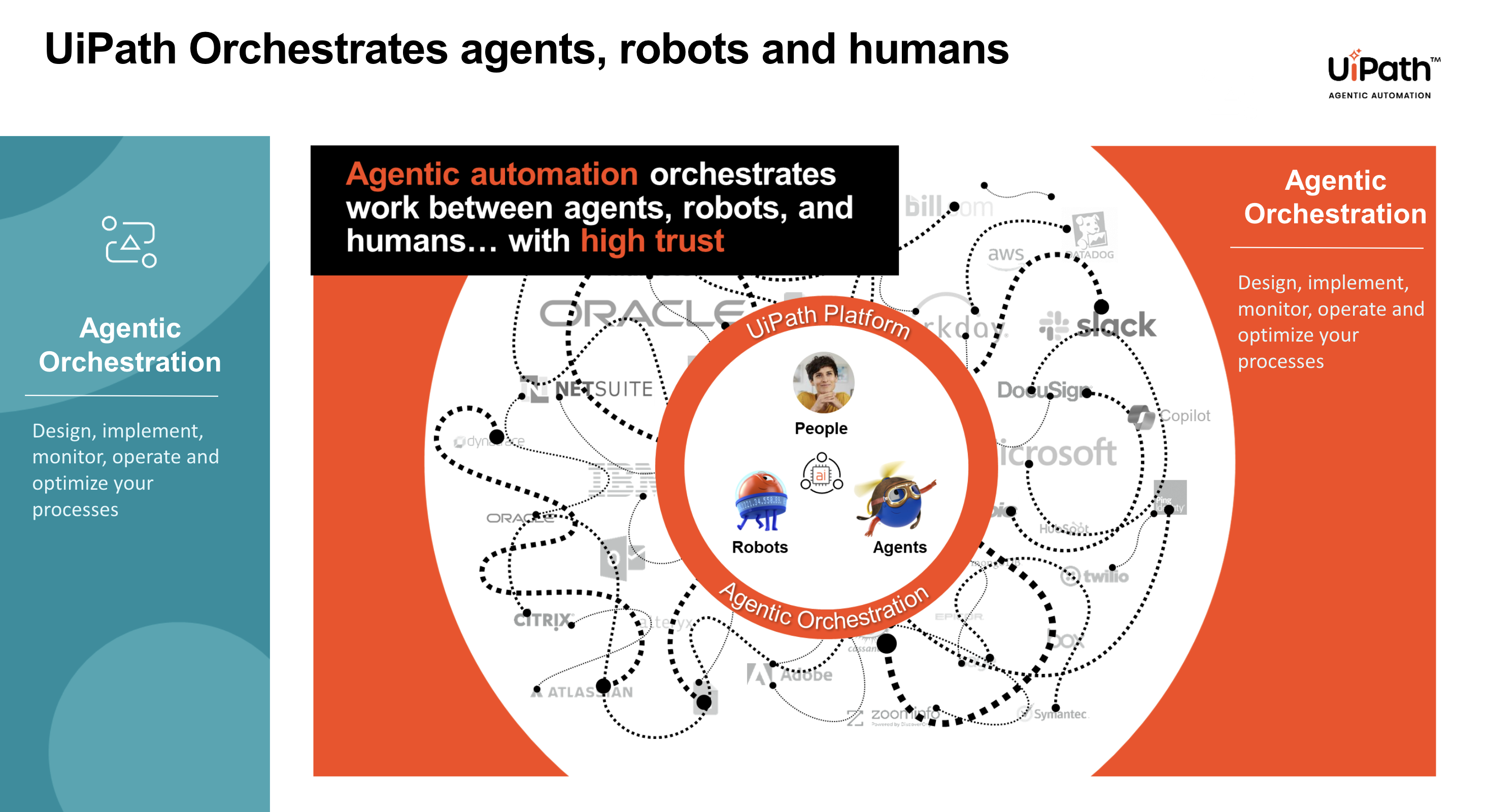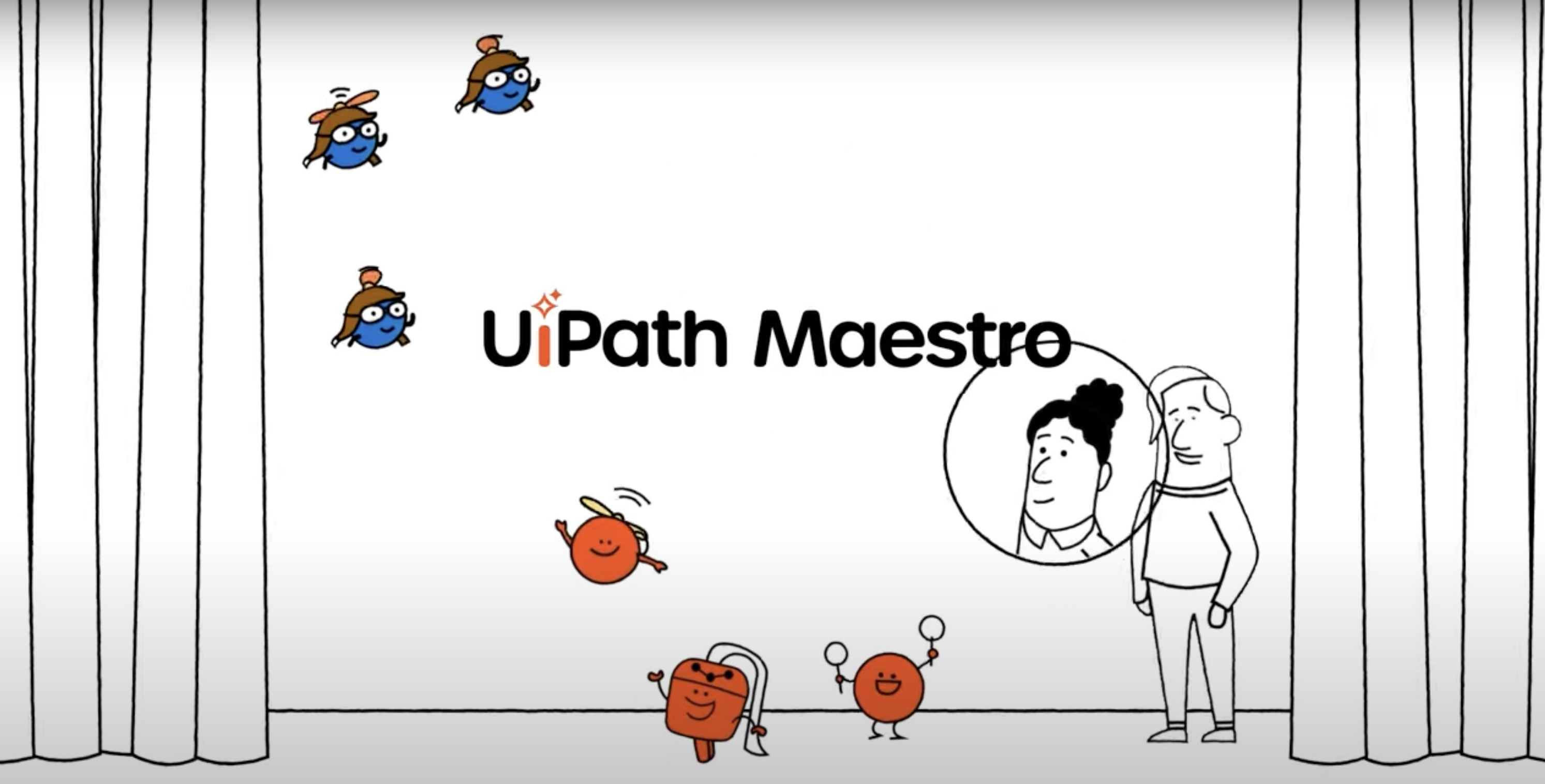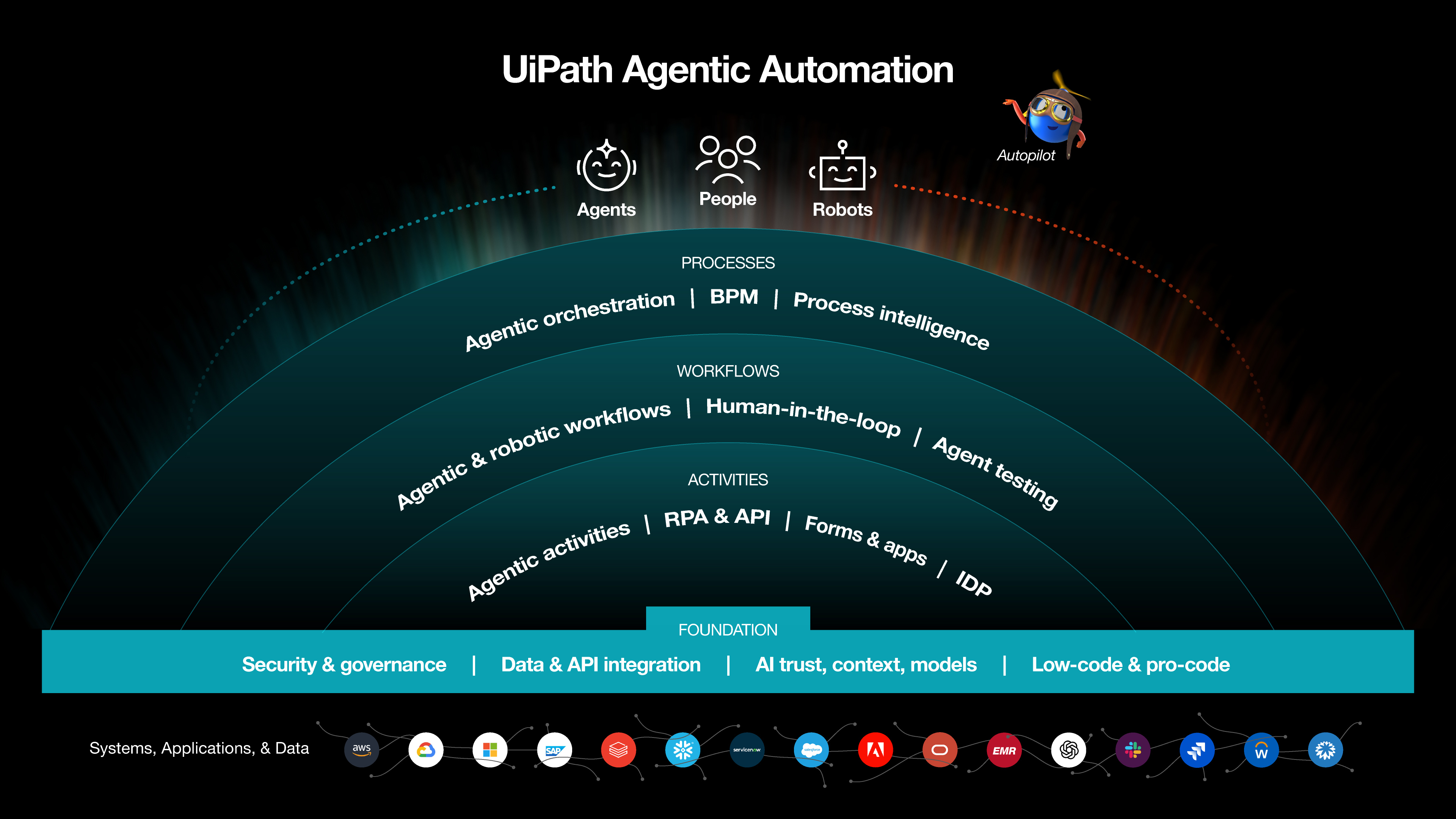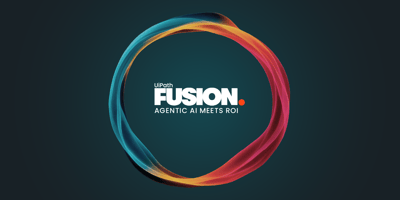Understanding the role of UiPath Apps in agentic automation
Share at:

We’ve entered Act II of the UiPath automation journey—the agentic automation era, where intelligent AI agents think, robots execute, and people lead. At UiPath, we’re bringing this vision to life through innovations like UiPath Maestro™, Agent Builder, API workflows, UiPath Autopilot ™ for Everyone, and more.
But one essential, and perhaps underestimated, pillar of this vision is UiPath Apps.
As the interface where people engage, decide, and lead, UiPath Apps is foundational to realizing our Act II promise: empowering people to be at the center of every intelligent, orchestrated process.
New to agentic automation? Start here.

What is UiPath Apps?
UiPath Apps is a low-code application development tool that empowers both developers and business users to build engaging, responsive web applications that seamlessly interact with robots, APIs, and data services. Apps serve as the human interaction layer in the automation fabric—delivering business outcomes at the speed of clicks.
Apps is also part of the Unified Developer Experience in Studio—a modern, fully integrated environment for building, testing, and deploying automation solutions end to end.
Take a deep dive into the Unified Developer Experience in the July Dev Dives session. Register now.
The role of UiPath Apps in agentic automation
In the agentic automation paradigm, every end-to-end business process we map and automate is broken down into smaller, manageable parts—each requiring a different type of handler based on its nature:
Non-deterministic tasks: best handled by UiPath Agents, capable of reasoning and decision-making
Deterministic tasks: efficiently executed by UiPath Robots through defined workflows
Tasks requiring human input: supported by Apps, which can be either standalone apps or action apps
At the heart of it all is UiPath Maestro™—the intelligent orchestration layer that seamlessly connects AI agents, robots, and people to drive coordinated, end-to-end automation.

Agents need interfaces to reason, take inputs, and present insights to people. UiPath Apps plays a crucial role as this digital interaction layer—where people guide AI agents and agents provide contextual recommendations.
UiPath Apps enable:
Human-in-the-loop interactions for validation, escalation, or judgment where needed
Composable experiences tailored for different users across business lines
With native integration with AI-powered assistants like UiPath Autopilot™, apps are not just front ends—they are intelligent surfaces for agentic collaboration.
Agentic capabilities of UiPath Apps
In the last few years, UiPath has significantly invested into reimagining Apps in the new agentic world and evolving beyond just UI builders. Apps now includes:
Context-aware forms: UiPath Apps responds dynamically based on a workflow state or data from robots
Embedded Autopilot experiences: bring generative AI capabilities into your app interface
Triggers by agents: apps can be launched, updated, or populated by agents (e.g., based on triggers from Agent Builder or Maestro)
Observability and feedback loops: apps can capture user intent and feedback, which AI agents can learn from over time
Where UiPath Apps fits in the agentic tech stack

The agentic automation stack includes:
Agent Builder: defines intelligent logic and decisions
Maestro: coordinates agents, robots and people across workflows
Robots: perform backend execution
Apps: provides intuitive, real-time user interfaces for interacting with all the above
Action Center: task inbox for people leveraging Apps
Together, they power scenarios like:
A loan officer reviewing an AI-curated application summary (via a UiPath Agent), approving via an app, and triggering a robot to process disbursement
A customer service agent resolving a ticket with help from an agentic copilot embedded in the app
Read how Carglass is using UiPath Apps to grow sales and increase employee satisfaction.
How to leverage UiPath Apps for your agentic use cases
Apps can be used by developers and business users in their end-to-end processes.
For developers: use the low-code UI canvas and logic editor to quickly prototype and deploy Apps. Connect with UiPath Data Service, AI Center, and external APIs to enrich agent responses.
For business users: configure agent-driven decision flows with drag-and-drop ease. Minimal coding, maximum value.
Pro tip: combine Apps with Autopilot and create an intelligent interface that grows smarter with usage.
Closing thoughts: people still lead
As we move forward in this agentic era, the core tenet of our mission remains clear: people lead. With UiPath Apps, we ensure that this leadership is intuitive, intelligent, and impactful. Whether you’re building the next AI agent, orchestrating business workflows, or simplifying user experiences—UiPath Apps is your bridge to agentic automation.
While Apps has the traditional benefits of reduced costs and time, together with UiPath agentic offerings it amplifies the UiPath Platform™ value and helps you build holistic end-to-end agentic business processes.
Curious what UiPath Apps could mean for your organization? Check out these real-world use cases:
See how the UiPath Sales team leverages UiPath Apps (we've saved over one million hours using our own technology!)
Beat "quiet quitting" with a great onboarding process and UiPath Apps
Or, try UiPath Apps for yourself! Build apps that think with AI agents, act through robots, and empower peoples' excellence. Start your UiPath Apps journey at studio.uipath.com.

Senior Product Manager, UiPath
Get articles from automation experts in your inbox
SubscribeGet articles from automation experts in your inbox
Sign up today and we'll email you the newest articles every week.
Thank you for subscribing!
Thank you for subscribing! Each week, we'll send the best automation blog posts straight to your inbox.



